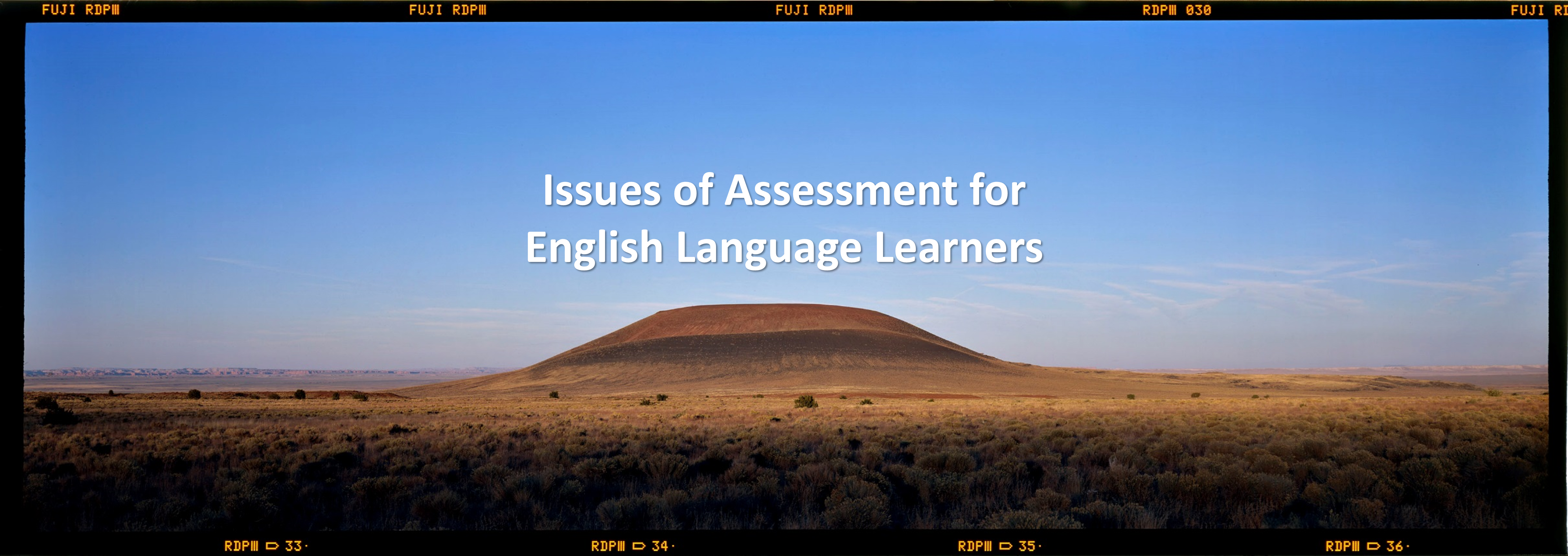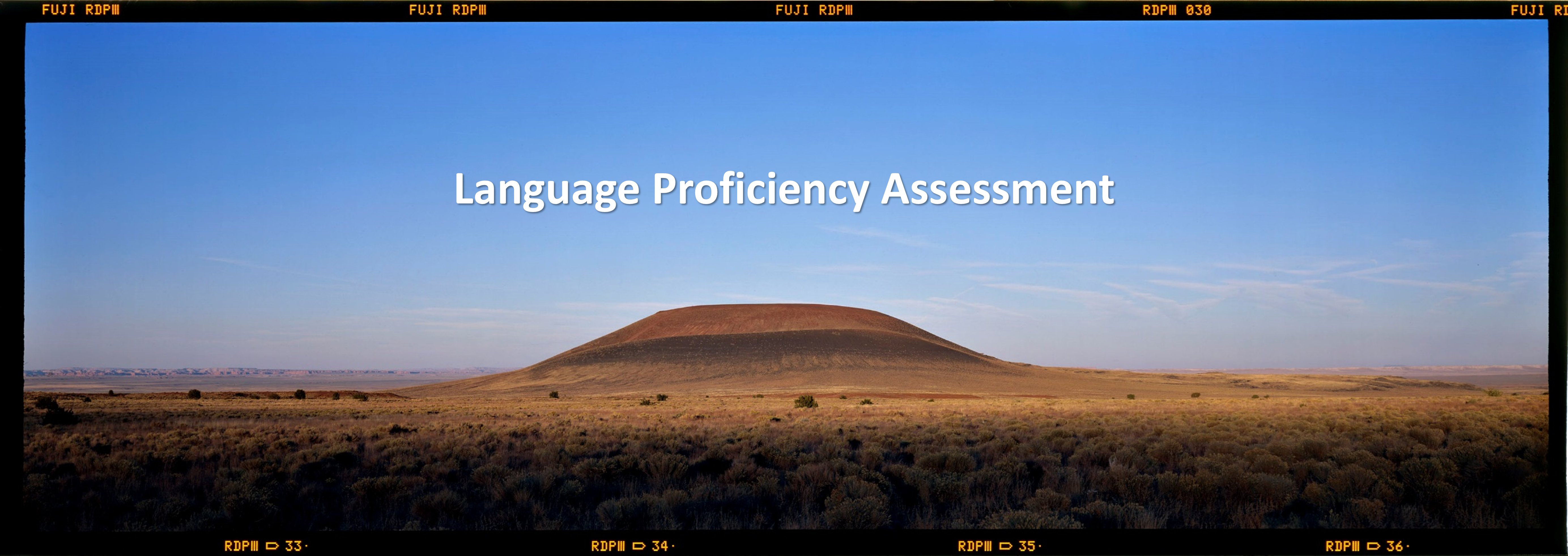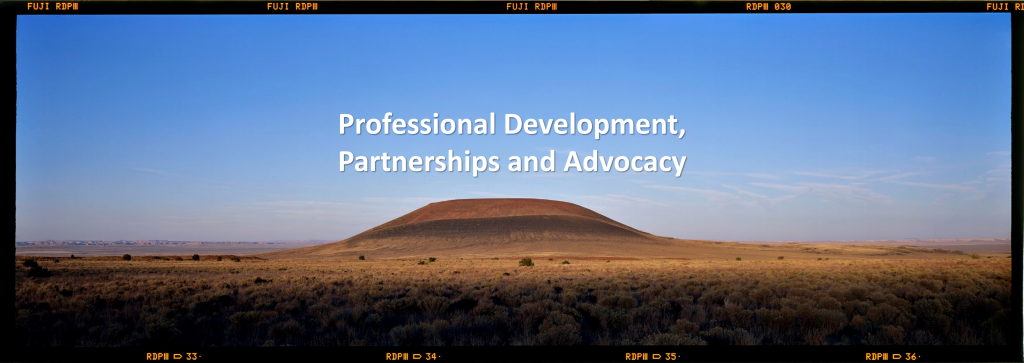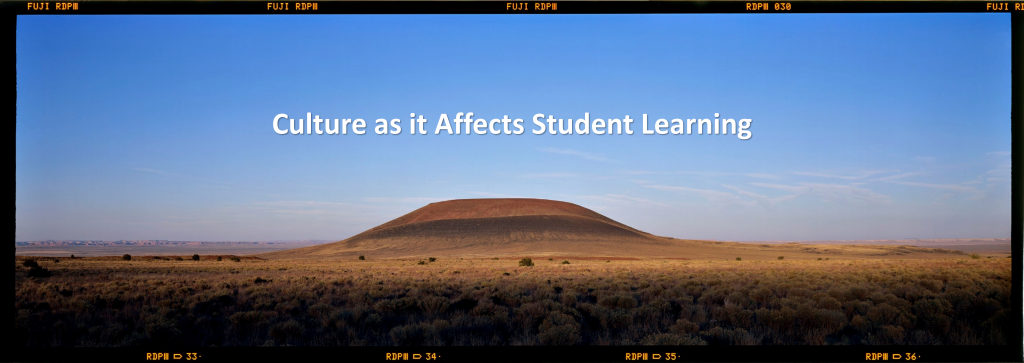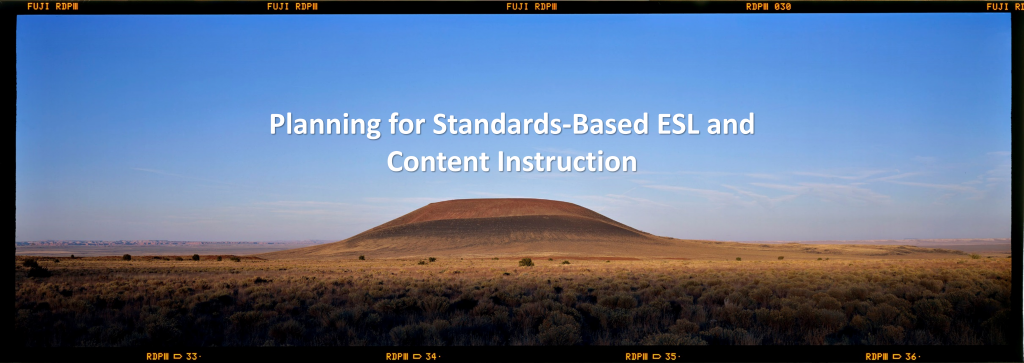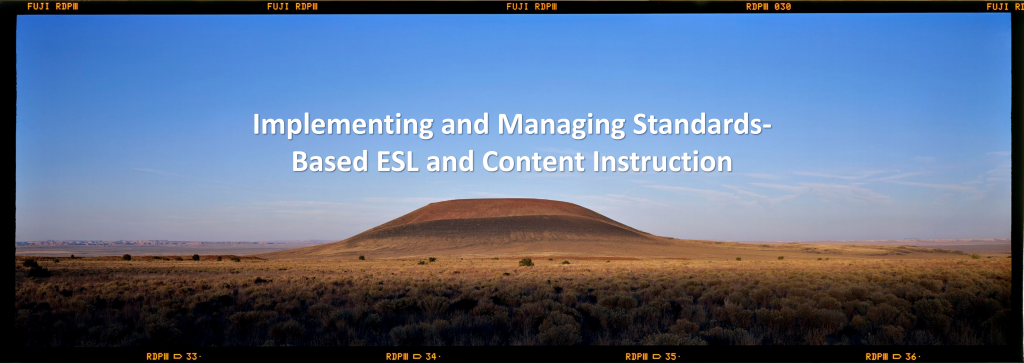Standard 4C: Classroom Based Assessment for ESL
The artifact I chose for Standard 4C is an assessment that my colleague and I recently created for ESC 766: Teaching English through Content. For this class, we were tasked with creating a ten-lesson mini-unit that for the sole purpose of demonstrating that we are capable of creating an authentic assessment that measures a student’s grasp of both language and content. The attached artifact is our attempt at meeting this standard.
The unit is aimed at a group of 9th grade ELLs includes a wide range of English proficiencies ranging from transitioning to commanding on the NYSESLAT. A significant portion of this group are long term ELLs, students who have not passed the NYSESLAT for six or more years. In creating this unit my classmate and I aimed to elicit a response from our students that would exhibit all four modalities with a focus on the use of expanded sentences. Their final assessment is modeled on the well-known TED Talk series. Our students are tasked with investigating multiple perspectives and creating an argument about the success or failure of the United States education system.
We worked well together and mostly agreed on our essential questions and enduring understandings, but came to something of a disagreement with the final task. This disagreement stemmed from our belief of what a true language objective is, and we had a conversation that began during our class and lasted well into our partially shared commute home. Our debate manifested itself in the amount of scaffolding we would provide in the authentic assessment.
I err on the side of less-is-more when it comes to a final assessment because I want to see what my students are capable of without scaffolds. I believe this is the best way to assess language. Therefore, I argued against including sentence stems in the “Your Perspective” box on the final assessment. If our main aim is to assess our students’ language, then the final assessment should include almost no scaffolding in the form of cloze paragraphs or sentence stems. I want to see what my students are capable of with clear directions and blank lines.
My classmate argued that this was unfair. In removing all scaffolds for the Transitioning level students, we were going too far from the scaffolds we had given them earlier in the unit. While I thought it would be most authentic with minimal intervention on our part, she argued for targeted intervention that would enable our lowest students to create a quality paragraph.
We kept the scaffold for the lower students and removed it for the higher level, Expanding and Commanding, students. I see the merit in her argument. I agree with her on a lot of levels. However, I still feel that the most authentic test of a students’ written language is an assignment with clear directions and blank lines. In my eyes, the purpose of a final assessment is to see what my students can do without the training wheels.
There are scaffolds that I would not remove because they interfere with my students’ understanding of the assignment. That is to say, I would not remove the home language translation of the directions and labels on the worksheet. But if this were my final assessment and only my final assessment, I would not include the cloze paragraph. All of that said, I believe this assessment is fair.


